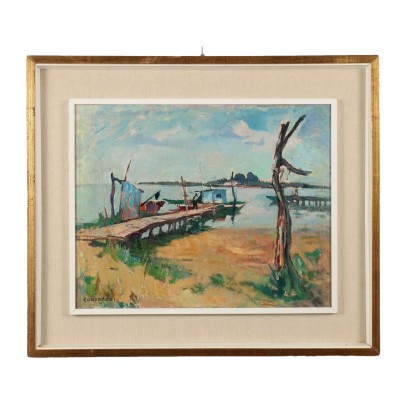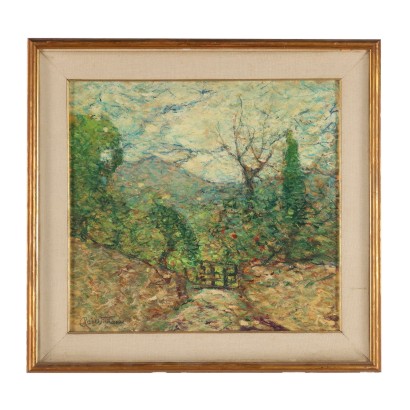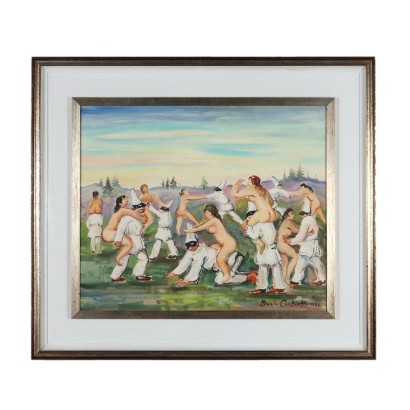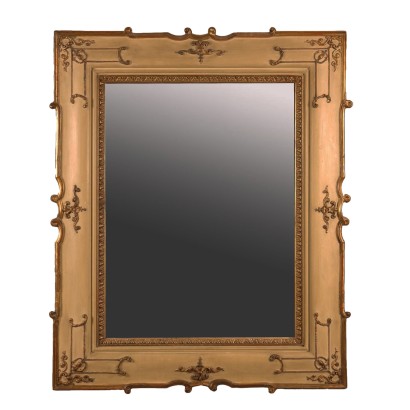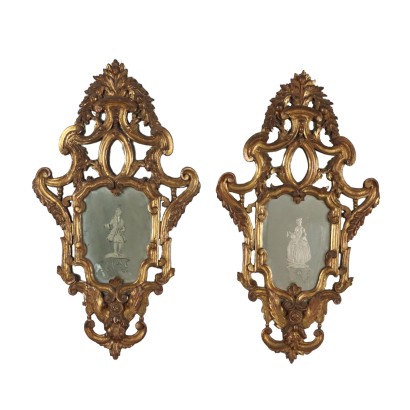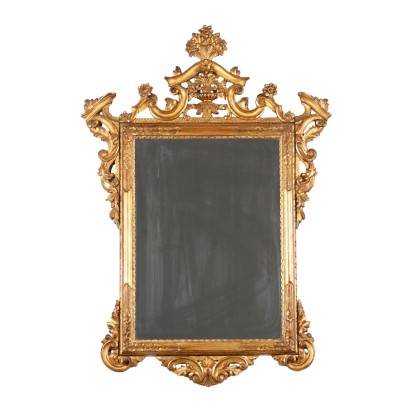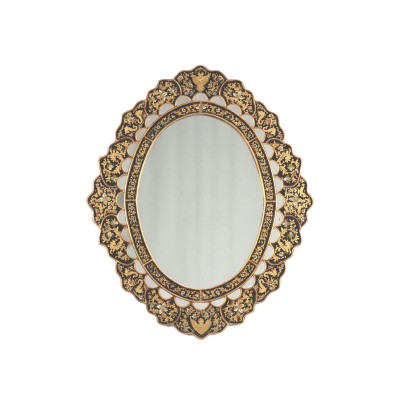S. Consadori View from Grado Oil on Canvas Italy XX Century - Grado
Features
Artist: Silvio Consadori (1909-1994)
Artwork title: Grado
Age: 20th Century / 1901 - 2000
Subject: Landscape
Artistic technique: Painting
Technical specification: Oil on Canvas
Description : Grado
Oil on canvas. Signed lower left. Further signature and title on the back. It is a landscape glimpse of the lagoon from the beach with the mooring piers of the Friulian town, in the warm and bright colors and in the suspended atmosphere typical of Silvio Consadori's painting. Born and trained artistically first in Brescia, his hometown, then at the Carrara Academy in Bergamo, Consadori discovered Burano in 1935, immediately joining the circle of artists who spent long periods on the island. He was initially a painter of genre scenes (the interiors of cafés and maternity hospitals were among his most recurring subjects), while after the war he devoted himself constantly to sacred painting. Starting in the 1950s, his great cycles of frescoes with sacred subjects, which culminated in 1971 in what he himself defined as "the most complete result of my fresco painting": twelve frescoes in the church of San Giuseppe al Trionfale in Rome. In the last years of his life he spent long periods not only in Milan, where he taught at the Brera high school, but also on Lake Garda and Burano, where he died in 1994. Framed work.
Product Condition:
Product in good condition, shows small signs of wear. We try to present the real state as fully as possible with photos. If some details are not clear from the photos, what is reported in the description will prevail.
Frame Size (cm):
Height: 58
Width: 68
Depth: 5,5
Artwork dimensions (cm):
Height: 40
Width: 50
Additional Information
Artist: Silvio Consadori (1909-1994)
Silvio Consadori was born in Brescia on December 17, 1909. He studied at the "Moretto" Institute of his city and at the Academy of Fine Arts in Rome. His practical training, in the exercise of the fresco, takes place with fellow citizens Giuseppe and Vittorino Trainini and with Eliodoro Coccoli. The Brozzoni "scholarship" obtained in 1928 allows him to go to Paris where he remains for a few years. In 1936 the decisive meeting and falling in love with Burano takes place. In Milan in the same year he won the "Premio Milyus", and in '41 the "Canonica". Among the major national exhibitions in which he participated by invitation, the following should be mentioned: Rome Quadrennial, Venetian Biennial, Milan Permanent Biennial, Sacred Art Exhibitions at the Angelicum. Great was his commitment to religious art with the execution of frescoes, altarpieces, mosaics, in the churches and sanctuaries of Cascia, Oropa, Milan, Rome, in the Vatican. He was among the favorite artists of Paul VI. He taught at the Brera Academy between 1940 and 1973. Silvio Consadori died in his home-studio in Burano, where he is buried, on 1 August 1994. In 2009, as part of the events for the centenary of the artist's birth, Anna Maria Consadori and the Galleria Ponte Rosso simultaneously presented an important review of selected works, for the most part unpublished.
Age: 20th Century / 1901 - 2000
20th Century / 1901 - 2000
Subject: Landscape
Artistic technique: Painting
La pittura è l'arte che consiste nell'applicare dei pigmenti a un supporto come la carta, la tela, la seta, la ceramica, il legno, il vetro o un muro. Essendo i pigmenti essenzialmente solidi, è necessario utilizzare un legante, che li porti a uno stadio liquido, più fluido o più denso, e un collante, che permetta l'adesione duratura al supporto. Chi dipinge è detto pittore o pittrice. Il risultato è un'immagine che, a seconda delle intenzioni dell'autore, esprime la sua percezione del mondo o una libera associazione di forme o un qualsiasi altro significato, a seconda della sua creatività, del suo gusto estetico e di quello della società di cui fa parte.
Technical specification: Oil on Canvas
The oil painting is a painting technique using powder pigments mixed with bases in inert and oils. Other customers have searched:



